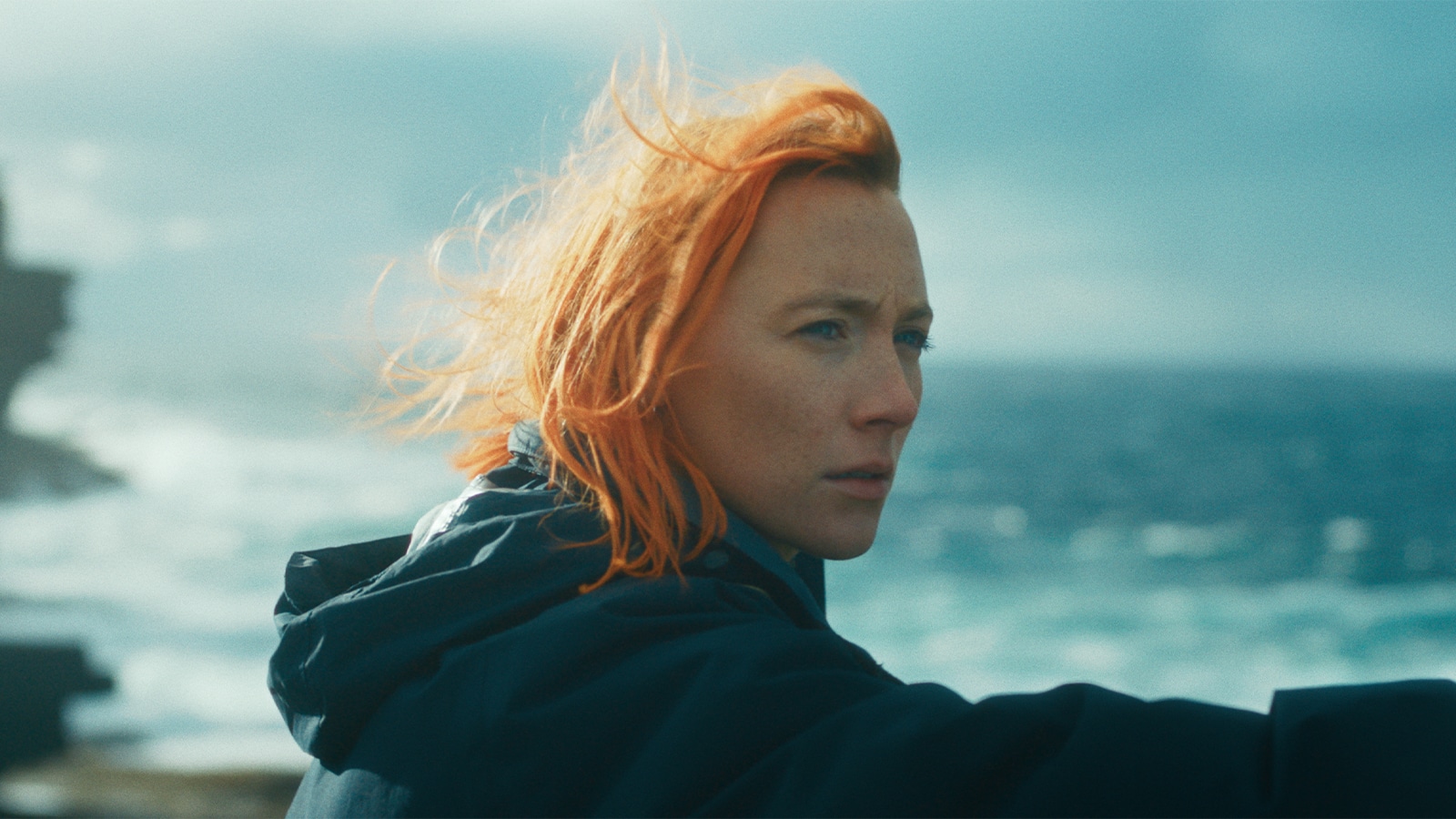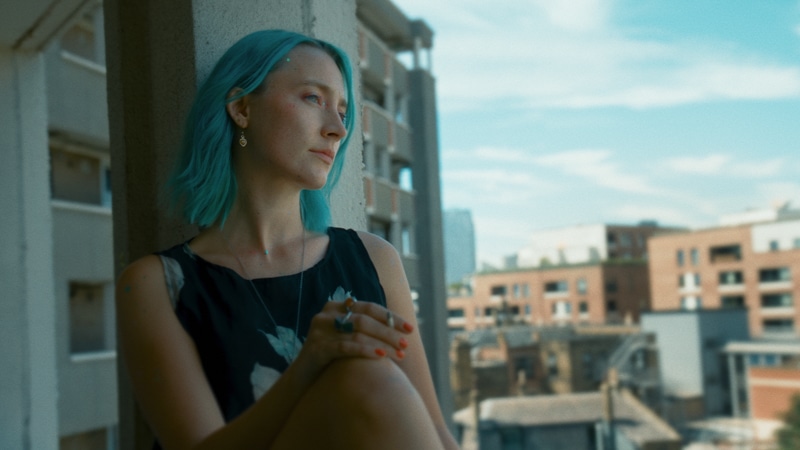Sydney Film Festival – The Outrun
Click here if you liked this article 1 ![]()
Date Reviewed: 05/06/2024

According to Orkney Island folklore, when people drown in the sea they get turned into seals. These creatures, called Selkies, secretly come back to land at night to dance in human form, before heading back into the sea. But, if someone sees them while on land, they get stuck in human form, to live their lives unhappily on land and longing to return to the sea.
I recently saw The Outrun, a new Scottish film by German director Nora Fingscheidt, at the Sydney Film Festival. It tells the story of Rona, a young woman who returns to the windswept Orkney islands of Scotland to recover from a troubled past while studying in London. The film is fragmented and non-linear, jumping back and forth in time between her childhood, wild nights out in London, the rise and fall of a relationship, and her journey of recovery on the Islands of Orkney.
The cinematography is solid and often beautiful, showcasing not only the wild, natural beauty of the Orkneys, but also letting us dive into the colour and vibrancy of London and the sensory confusion of intoxication. Rona is an alcoholic, and her journey deep into the abyss of her addiction and then trying to climb back out is the core of the film.
The cast are incredibly engaging. Saoirse Ronan, who plays Rona, also produced the film and leads an outstanding cast including Stephen Dillane, Saskia Reeves, and Paapa Essiedu. They all deliver solid, believable performances that feel true to their characters.
What I noticed most about the film was how well sound was being used to create atmosphere. The constant howling wind on the islands gave a real sense of an unforgiving and cold environment. I felt like I was there. It was often subtle but almost always there, and when they faded out the wind for a poignant moment of reflection it worked beautifully.
In London, the sounds of traffic and people and music was an effective contrast to the desolate wind. Sound was also important to Rona. She listens to dance music as she works on her father’s farm or walks along the shore, a connection to her distant life in London. For months she listens out for the elusive call of a rare migratory bird.
We are told this bird, the Corncrake, has a low chance of surviving its journey to Africa and back. That was an allegory I felt laid on with a heavy hand, especially when Rona is told similar statistics to the success of recovering alcoholics before embarking on her journey back to the Orkneys.


Another problem was the cliché use of hair colour to denote different periods on Rona’s life. Hair-colour is a well-used visual cue for the audience to keep track of constant shifts in narrative time, but they could have come up with something more creative, such as hairstyle or even tattoos. It seemed easy, and lazy. And worse, it was used to manage an editing choice that was itself problematic.
The narrative has several layers of extra complexity and detail that could have been dropped from the film without doing any damage to the core emotional story. This seems to be a hangover from its source; the bestselling memoir by Amy Liptrot, who also helped write the screenplay. It felt as if the production team was so enamoured by elements from the novel, they were determined to put them in the film even though they’re different mediums. Random voiceovers came in that don’t help build the world or drive the narrative forward in a satisfying way. It was obvious these were simply bits from the book they wanted in the film but didn’t have time to explore properly. The Outrun is littered with these half-formed ideas or half-developed themes.
Paradoxically, while it’s littered with detail, the narrative runs out of steam. By mid-way, the film settles into a constant repetition of events and doesn’t really go anywhere, only adding small details or extra information that could have been told earlier and more efficiently, or not at all.
The second act is often dangerous territory for film-makers and The Outrun suffers from a lack of discipline. The constant jumping in time and place may represent Rona’s state of mind, and reflect the source material, but it doesn’t allow the audience to settle down and get drawn into the story. Instead, I was getting bored.
And then came the ending, which I felt was somewhat derivative, predictable, and a little unsatisfying. The Outrun is a well shot, superbly acted film that suffers from an undisciplined script and a chaotic structure that takes the wind out of its sails.
Reviewed by